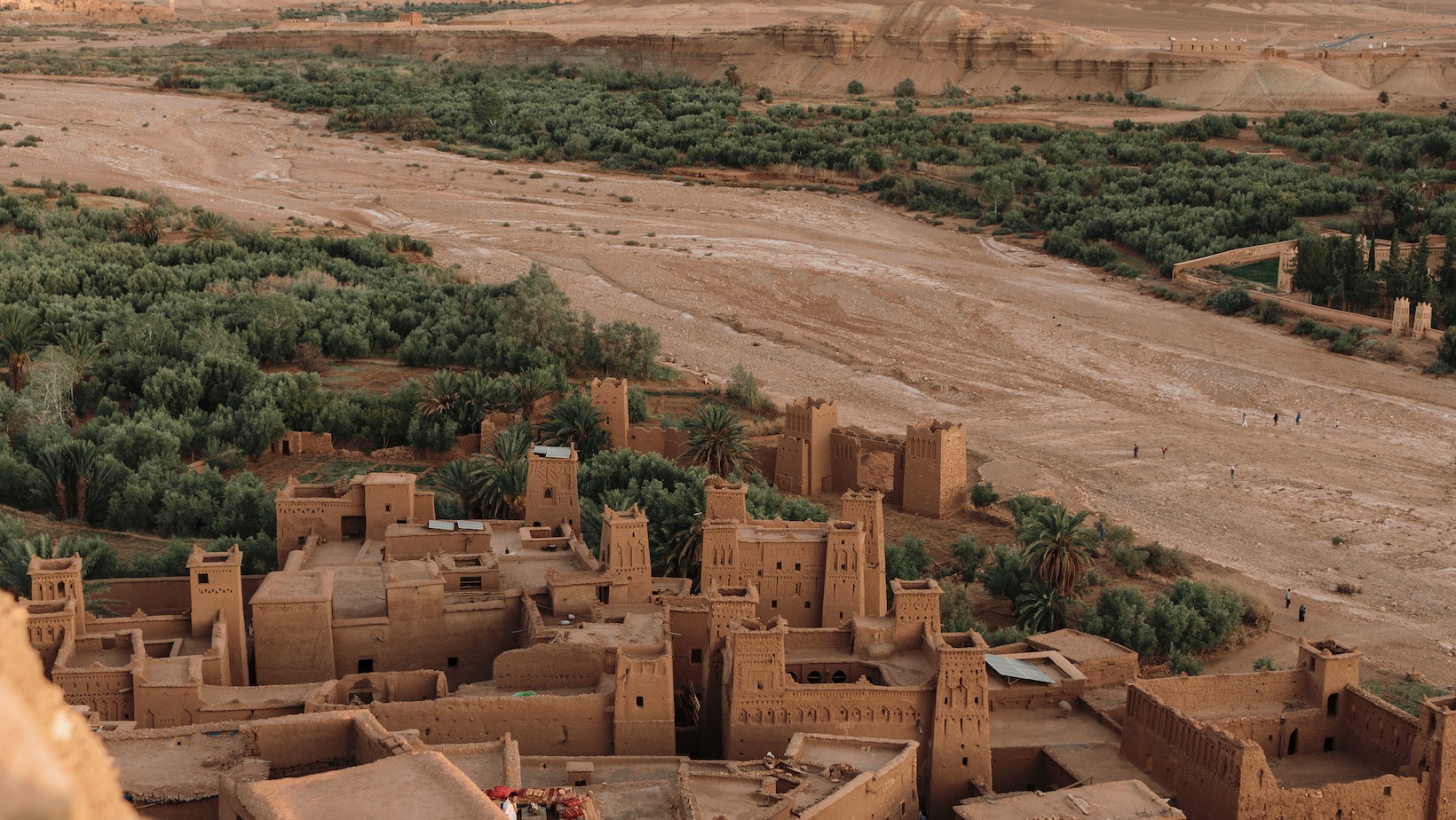Table of Contents
ToggleHow to Add Images in Illustrator
Welcome to the world of Adobe Illustrator, a powerful tool that’s a game-changer for graphic designers. If you’re new to this software, you’re probably wondering how to add images in Illustrator. Don’t worry, I’ve got your back. I’ll guide you through the process in easy-to-follow steps.
Illustrator is a vector-based program, meaning it’s designed to create and manipulate vector graphics. But, that doesn’t mean you can’t use raster images. In fact, adding images to your Illustrator projects can help bring your designs to life. It’s an essential skill that every Illustrator user should master.
In this guide, I’ll walk you through the steps of adding images in Illustrator. Whether it’s for a logo, a poster, or a website design, knowing how to incorporate images into your Illustrator workspace can take your designs to the next level. So, let’s dive in and start enhancing your Illustrator skills.
Understanding the Image File Formats
Before we dive into how to add images in Illustrator, it’s crucial to understand the different image file formats you might encounter. Each one has its unique characteristics and uses.
JPEG is one of the most common file formats. It’s best for photos or images with lots of colors. The downside is, it’s a lossy format. That means some data gets lost each time you save it and can lead to a decrease in quality.
GIF is another common format. It supports animation and transparency but is only limited to 256 colors. It’s ideal for simple animations and small icons.
PNG is a lossless format that supports millions of colors and transparency. It’s great for high-quality images and when you need to preserve details.
TIFF is a high-quality format often used for print. It’s lossless and supports layers but the file size can be quite large.If you’re working with digital art or vector graphics, you’ll likely encounter EPS, AI, and SVG formats. These are all vector formats and maintain quality no matter how much you zoom in or resize them.Remember, it’s important to choose the right format for your needs. It affects not just the quality of your image but also the file size and how it can be used.

Importing Images into Illustrator
To bring an image into Illustrator, the Place command is your go-to option. It’s located under the File menu. Here’s a step-by-step guide:
- Open Adobe Illustrator.
- Click on “File” in the menu bar.
- Select “Place” from the dropdown list.
- Navigate to the image file you wish to import.
- Click “Place” to insert the image into your Illustrator document.
Remember, Illustrator supports a wide variety of image file formats, such as JPEG, PNG, and TIFF. But it’s crucial to choose the right format based on your needs. Each format has its characteristics affecting the image’s quality, file size, and usability.
For instance, JPEG is a popular format for photos and images with complex colors. It’s great for web use due to its small file size. However, it suffers from quality loss each time it’s saved.
PNG, on the other hand, is a lossless format. It preserves image quality no matter how many times you save it. Plus, it supports transparency, which is handy for logos and graphics.
Finally, TIFF is the best format for high-quality prints. It produces large file sizes, but it maintains the image quality at its best.When you’re placing an image into Illustrator, the software doesn’t embed the image by default. It links to the image file on your computer. This means if you move or delete the original file, the link breaks, and the image disappears from your Illustrator document.
So, you’ve made it through a comprehensive guide on adding and adjusting images in Adobe Illustrator. We’ve covered everything from understanding image file formats, to importing images using the Place command. We’ve even touched on the importance of embedding images to avoid misplacing them.Resizing and repositioning images? We’ve got that covered too. And if you’ve accidentally distorted your images, there’s a handy undo feature waiting to save the day. Cropping, rotating, and color adjustments? Check, check, and check!






